Alright – so today we’ve got the honor of introducing you to Angeleta Thornton . We think you’ll enjoy our conversation, we’ve shared it below.
Angeleta , thanks for taking the time to share your stories with us today Coming up with the idea is so exciting, but then comes the hard part – executing. Too often the media ignores the execution part and goes from idea to success, skipping over the nitty, gritty details of executing in the early days. We think that’s a disservice both to the entrepreneurs who built something amazing as well as the public who isn’t getting a realistic picture of what it takes to succeed. So, we’d really appreciate if you could open up about your execution story – how did you go from idea to execution?
As a creative, I recently achieved a major milestone: publishing my first novel, Standing at a Crossroad. What many don’t know is that the book has a history of stops, starts, and an unexpected transformation powered by personal resilience. The story actually began in 2015 as the second full-length play I had written for my church. But, like many ambitious creative projects, it never came to fruition. The massive effort required to stage a production, coupled with a lack of actors, meant the script sat dormant on my computer for years.
I always felt it was a stronger, more powerful story than my first play, There Is More That I Require of Thee, and I simply couldn’t let the concept die. In 2019, I made a radical decision: I would rewrite the play as a novel. I contacted a small Christian vanity publisher who loved the idea but delivered the challenge: I had to completely transform the script format into a book.
This was a truly daunting task. I hadn’t taken any writing classes, and honestly, I hadn’t read a novel in years. I had to learn how to write a book on the fly.
I started organically, writing from my gut and heart. I can’t claim inspiration from any specific author; the voice is entirely my own unique expression. To bridge my technical knowledge gap, I went deep on online research and relied heavily on one specific guide: The Emotion Thesaurus: A Writer’s Guide To Character Expression. This resource was invaluable, teaching me how to move beyond mere action and show the characters’ thoughts, feelings, and internal expressions. I needed my characters to feel utterly real, and that book was the key to unlocking their humanity on the page.
My outline was just the skeletal structure of the play, but the book demanded—and received—way more “meat on the bone.” It grew in complexity, adding more characters, richer subplots, and depth. Before every writing session, I prayed to God for guidance and my writing has been deeply influenced by His unwavering presence. The story truly unfolded organically; I was often surprised by the direction the narrative took, which made the writing process feel less like construction and more like discovery.
Admittedly, the project stalled again. Life is busy, and writing is time-consuming. I picked it up and put it down for years, lacking the final sustained motivation to cross the finish line.
The COVID-19 era proved to be the unlikely catalyst. Seeing so many creatives around me finally finish and publish their passion projects motivated me. I declared that 2024 was the year the book would be done. The fear of figuring out the publishing logistics was overwhelming, so I set a simpler goal: just finish the story.
I hit a roadblock when my initial editor had to step away due to personal crises. In a beautiful twist of fate, I randomly discovered that one of the ladies at my church was an editor, and she gave me the deadline and encouragement I needed, insisting: “We are going to finish this book this year.”
The final push to completion happened during the most challenging season of my adult life—spanning late 2024 and 2025. I was facing significant health issues, including nerve problems that caused persistent tiredness, weakness, and tingling. My energy was depleted, slowing my daily life to a crawl. In this forced stillness, I finished the draft just before New Year’s 2025.
But the tests weren’t over. I went through yet one more major health issue when I had to get surgery for the first time in my life for a complex tear of my meniscus in June of 2025. Relying on a cane and then crutches to walk became yet another roadblock. However, this, too, served to slow me down enough to focus. I’ve learned that I am most creative during difficult times in my life—through tests and trials—and this was a very challenging test. I stayed persistent through it all.
The completion of the draft was only the beginning of the next arduous phase: editing after editing. We went over the book several times to correct the flaws and tighten the story. Simultaneously, I started researching publishing options.
I spoke with a publicist from Penguin Random House, who is related to a good friend of mine. She shared the realities of trying to get traditionally published. Due to the complexities and the extended timeline it would take for my project to be realized, I made the conscious choice to go the Self-Publishing route. This meant a steep learning curve. I extensively researched book formatting, obtaining ISBN numbers, utilizing the Kindle Direct Publishing platform, and securing my copyright.
What felt like a daunting and often frustrating administrative process finally paid off. After years of the story sitting dormant on my computer, Standing at a Crossroad was officially published in September 2025. The entire experience is a testament to the fact that sometimes, the most challenging times in life are the ones that allow our greatest creative works to finally flourish.
Angeleta , love having you share your insights with us. Before we ask you more questions, maybe you can take a moment to introduce yourself to our readers who might have missed our earlier conversations?
My journey has been defined by unexpected detours. With Fine Art as my major in high school and college, I always assumed an art career was my clear destination. Then life intervened, not just with marriage to a pastor, but with the demanding, deeply rewarding role of raising five boys, three of whom are on the autism spectrum. Fine art had to take a significant backseat. I traded my studio for the home, becoming a stay-at-home mom who, drawing on my student-athlete background, taught Les Mills aerobics for 14 years. This arrangement was incredibly convenient, as I could work part-time and the gym provided daycare for my kids while I taught classes. While I occasionally found time to enter events—including the great honor of being part of the Notre Dame of Maryland University National Drawing & Print Competitive Exhibition two years running, and being chosen as an emerging artist for Artscape in Baltimore—I still felt I hadn’t truly found my voice.
These opportunities, while exciting, taught me something crucial: there is a market for my detailed, realistic graphite art. I realized my technical skill offers a unique touch and perspective, transforming my drawings into a form of visual storytelling. Now, as I embrace writing, I recognize that the core of my creative identity has always been the desire to tell a story, regardless of the medium.
For years, my creative outlet was primarily visual art, a space I found deeply rewarding. Yet, alongside that, a different kind of creativity was always at work: the stories I imagined and the plays I authored for my church. I never saw myself as a novelist, but my debut, Standing at a Crossroad, changed that perception entirely.
Writing this novel was more than just a creative pursuit; I believe it is a ministry. My hope is that by looking into the lives of these fictional characters—Toni, Jamie, and Gregory—readers will see a reflection of their own struggles and possibilities. This is a novel for anyone facing a difficult intersection in their life, offering not just a compelling character-driven story, but a mirror to help navigate their own path toward healing and hope.
Standing at a Crossroad is a powerful and emotionally resonant debut that dives into the complexities of trauma, faith, forgiveness, and redemption following a violent attack.
The story follows best friends, Toni and Jamie, after an attempted robbery leaves their lives shattered. The assault forces them onto divergent paths: Toni struggles with the trauma, complicated by her strict religious upbringing and a turbulent romance. In contrast, Jamie seeks refuge by fervently embracing a new faith, a choice that tragically threatens to sever their lifelong bond. The compelling tension between Toni and Jamie highlights how personal growth can strain the closest bonds. Their lives become further entwined with Gregory, one of the attackers who is desperately seeking redemption.
Each character is at a metaphorical crossroad, forced to choose between bitterness and healing, isolation and connection, despair and hope. My strength lies in providing an authentic, nuanced portrayal of faith—neither preachy nor simplistic—which invites readers to reflect on their own beliefs and relationships.
This novel balances raw realism with redemptive possibility. It’s a story with emotional depth and spiritual insight that lingers with the reader, making it a must-read for fans of character-driven drama and stories of personal transformation.
My novel, Standing at a Crossroad, is only the beginning of the journey. Compelled by a friend, I wrote a companion piece: Standing at a Crossroad: A Reader’s Guide for Deeper Reflection.
This is a must-have for anyone who wants to dive deeper into the story, making it an ideal resource for individual study or book clubs. The guide offers a chapter-by-chapter analysis of the characters and key themes, complete with critical thinking questions, reflection prompts, and a meditation scripture after each section. It’s designed to turn the reading experience into a transformative, communal reflection.
To further engage with readers, I’m launching my forthcoming YouTube Channel, Spiritually Booked, where I’ll offer in-depth discussion and analysis of this novel and future works.
What’s a lesson you had to unlearn and what’s the backstory?
The single biggest lesson I had to unlearn was the belief that what I do has to look like what everyone else does. I spent years thinking my art needed to fit a certain mold and my novel had to mimic the style of established authors. I had to unlearn that pressure and accept that my story is unique, and I am unique. This lesson hit me hard at Artscape in Baltimore in 2024. As an emerging artist, I was surrounded by hundreds of vendors. I looked around at all the booths overflowing with color and felt an intense wave of intimidation. My work, which consists of detailed, realistic graphite drawings, looked nothing like the vibrant paintings and mixed-media pieces everywhere else. I worried, “How will I stand out among all these artists?”
The first day of the exhibit was discouraging—I didn’t sell a single piece. Doubt was setting in. But on the second day, the dynamic completely shifted. People began stopping, truly captivated by the intricate detail and the striking, unusual focus of the black-and-white graphite work. They weren’t just looking; they were engaging.
By the end of the weekend, the turnaround was extraordinary: I had sold nearly $2,000 worth of art, secured two interviews on social media platforms, and received an offer for commissioned work. The contrast was stark, especially after speaking with other talented artists who hadn’t sold anything all weekend. That breakthrough moment validated my unique perspective and confirmed that there is a genuine market for my style of visual storytelling.
I faced the same fear with my debut novel, Standing at a Crossroad. Having no formal training and writing from a deeply organic, faith-driven place, I expected the worst when I sent the manuscript to a professional reviewer. I thought he was going to give me a horrible analysis.
The exact opposite happened. While he suggested alterations to refine the book, he called the novel “superb.” He stated that my “emotional insight and realism in character thought processes is something quite unusual,” and that the book is an “excellent emotional drama and very expressive.” He finished with high praise: “It is as good a book on faith and relationships as I have read.”
This validation from a professional gave me the final affirmation I needed. My unique blend of raw realism, emotional depth, and faith-based themes wasn’t a flaw in the market; it was my creative strength.
I finally learned that my uniqueness is a strength, not something to be discouraged by or worried about. It is the very thing that will help me to stand out and connect with readers and collectors in a saturated field.
Can you tell us about a time you’ve had to pivot?
My career is marked by a dramatic pivot in movement as much as a shift in profession: trading a lifelong identity as a visual artist and an aerobics instructor for life as a novelist. It’s funny to reflect on the contrast. As an instructor, I was constantly on my feet, at one time teaching up to ten high-energy classes a week—doing crazy athletic stuff that demanded peak physical output. Now, the writer’s life demands long, extensive sessions of sitting. To adapt, fitting in my own personal workout each morning has become a crucial ritual, a way to stay active before the stillness of the writing day begins. This career change wasn’t a rejection of my first love—the art is truly in my DNA, dating back to citywide contests and prestigious exhibits—but a necessary strategic realignment. For years, I grappled with the reality of the “starving artist.” While my strength is capturing detailed realism in my graphite work, the immense demands of being a Pastor’s wife and a mother to children on the autism spectrum meant I simply couldn’t find the continuous, uninterrupted time required to make fine art a lucrative career.
The true, defining shift happened when I had the idea to convert a dormant church play I’d written into my full-length novel, Standing at a Crossroad. This single decision changed everything. I discovered that writing is incredibly fun, providing an expansive, imaginative outlet that fits my current schedule. Crucially, the process is enjoyable, relaxing, and offers a sustainable path to passive income, a vital element given the demanding nature of my family life.
The authentic excitement from my beta readers, who truly embraced the novel’s story, was the final push that cemented my identity as a novelist. This new chapter immediately expands with my plans to turn Standing at a Crossroad into a series.
Life continues to enforce change, however. My high-energy days in the studio are a cherished memory, as recent knee surgery has brought my time as an aerobics instructor to a close. But every ending fuels a new beginning. I view this not as a rejection of my past, but as a strategic fusion of my talents. This is a career pivot, not a final destination; I fully intend to pivot back and forth between writing and visual art. Being an author provides a robust platform and a powerful voice that will undoubtedly elevate and enhance my work as a visual artist. I’ve simply found that storytelling, in its written form, is currently the most sustainable and resonant way to connect my unique voice with the world.
Contact Info:
- Instagram: https://www.instagram.com/angeletathornton
- Facebook: https://www.facebook.com/angeletathornton
- Other: https://www.amazon.com/author/angeletathornton Standing at a Crossroad is for sale on Amazon

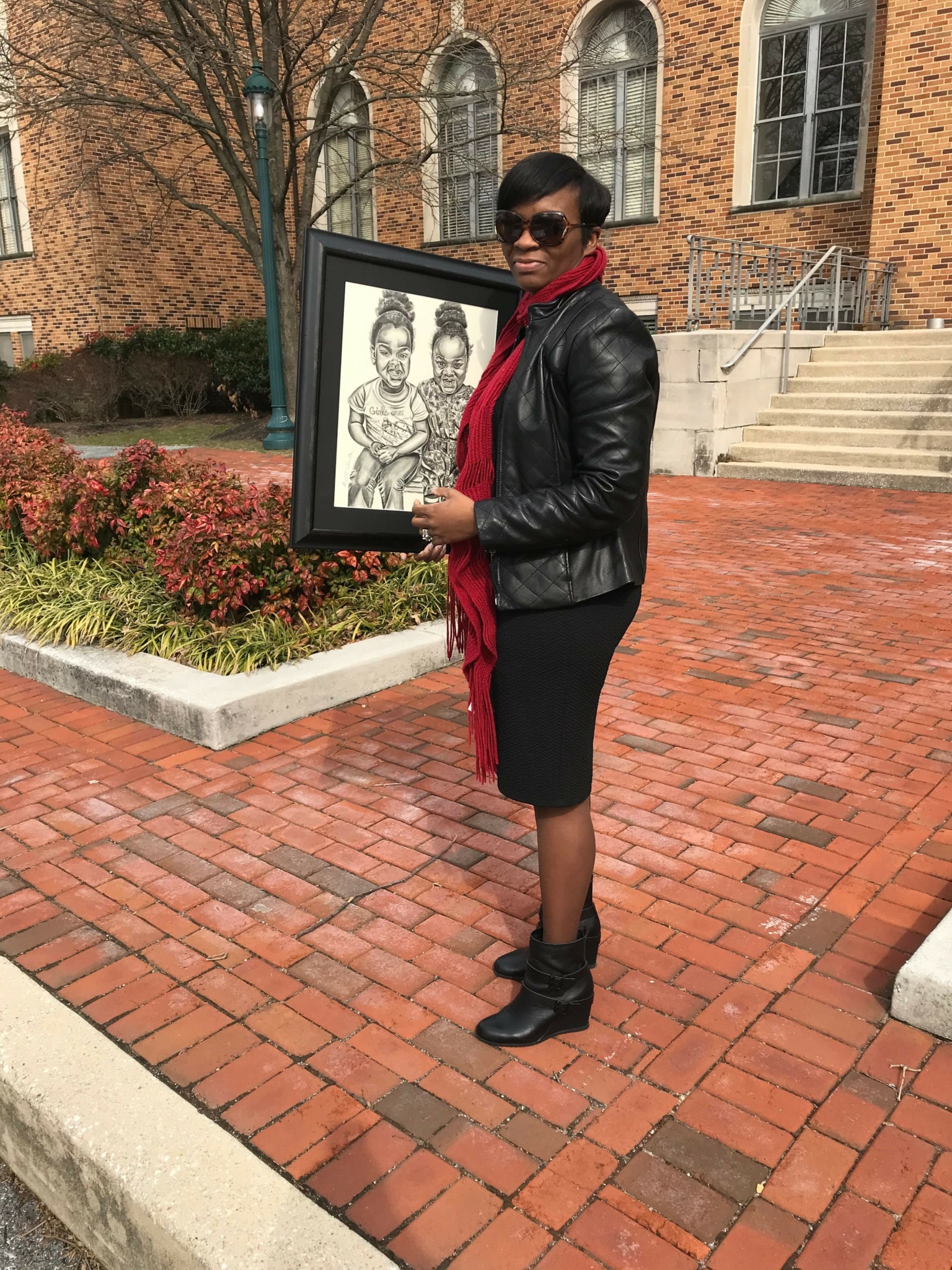
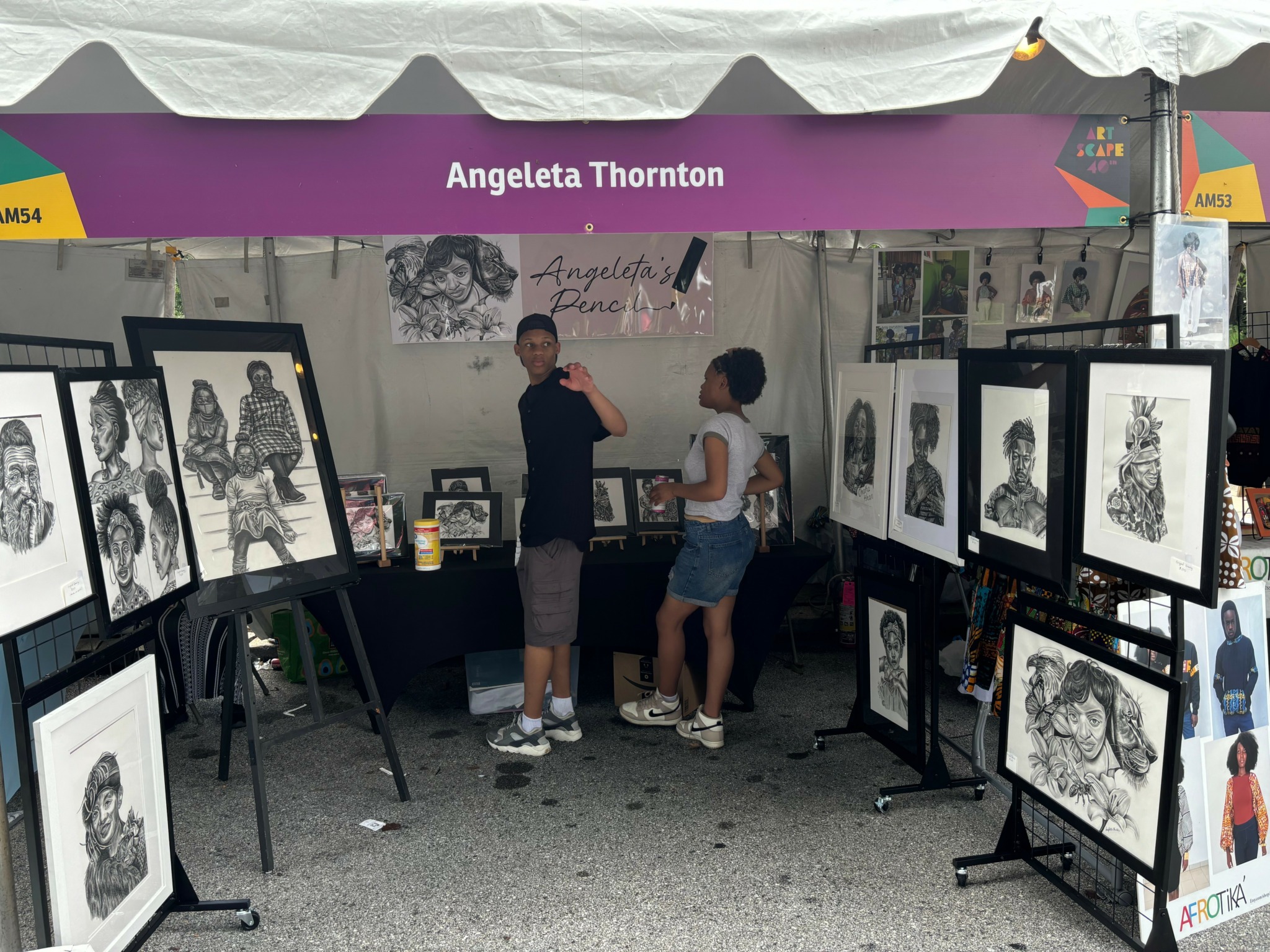
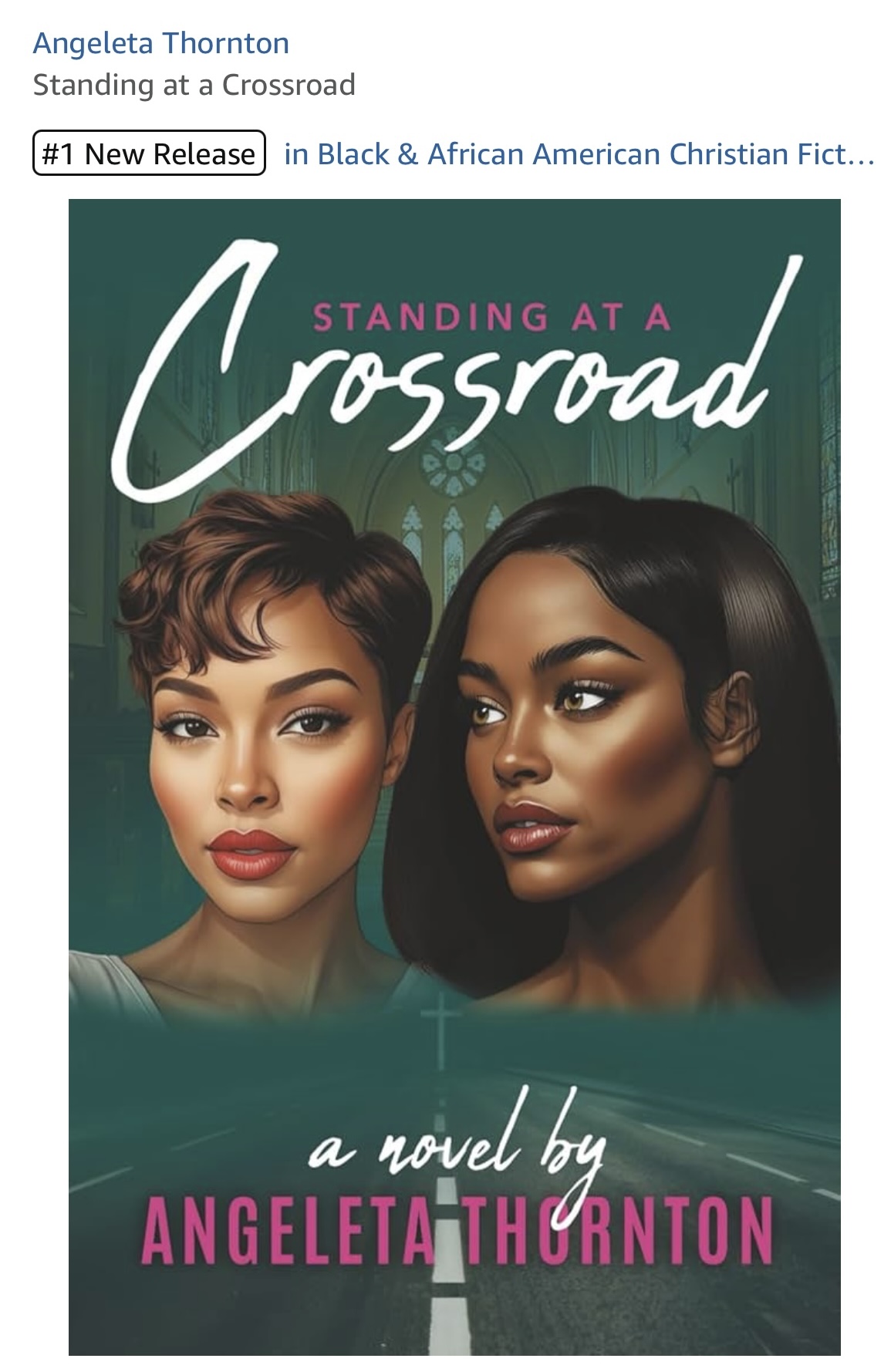


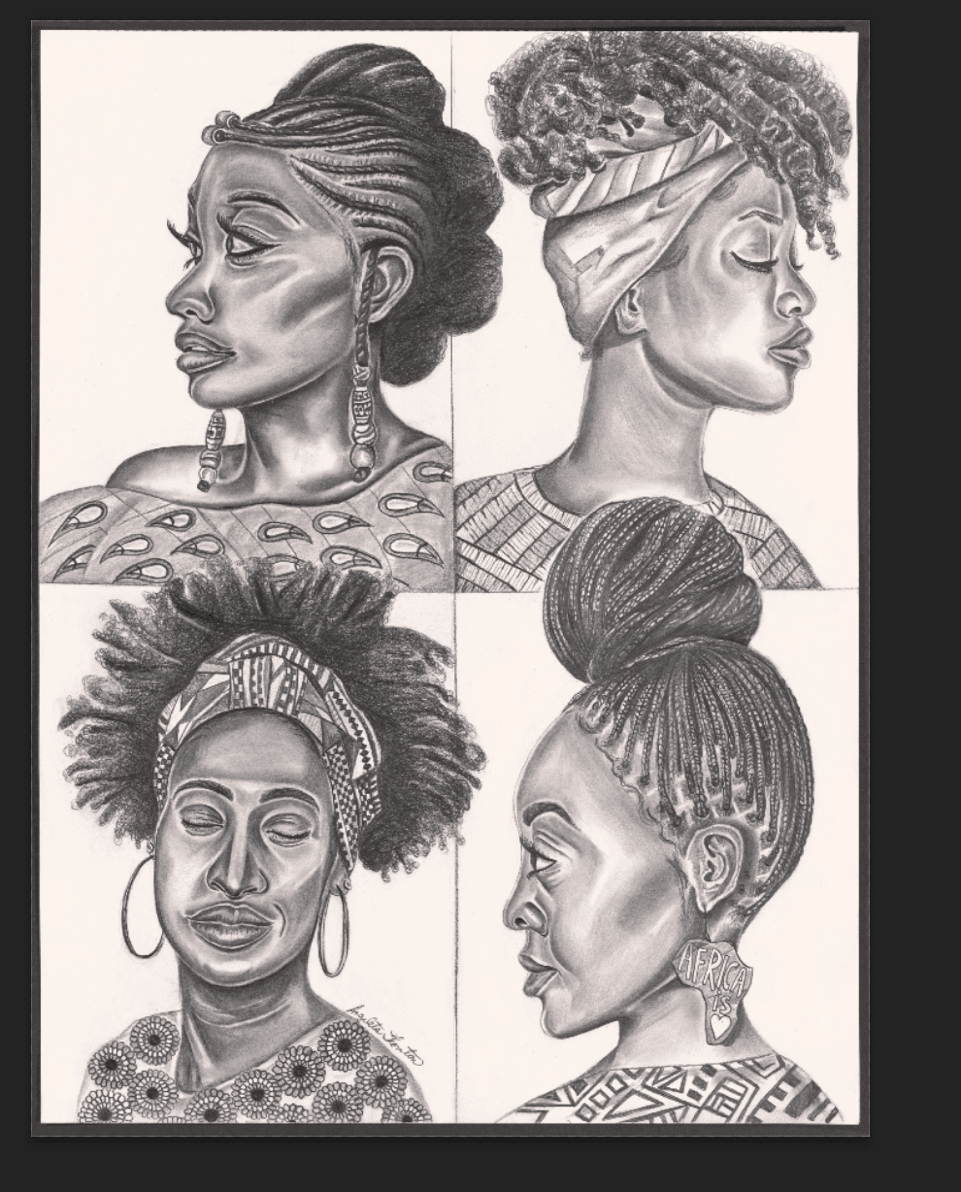
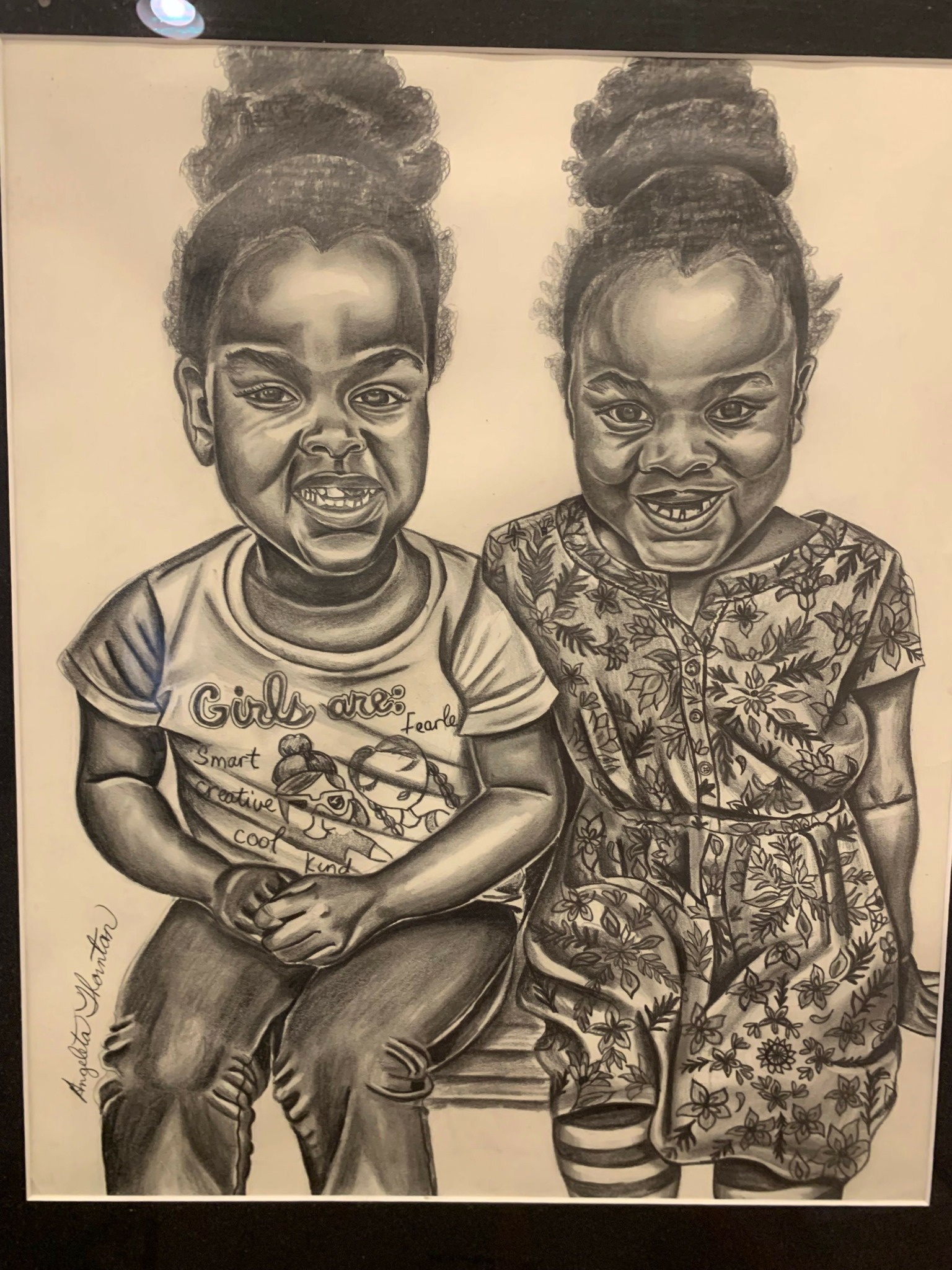
Image Credits
Alexa Robinson R.J. Paulk


